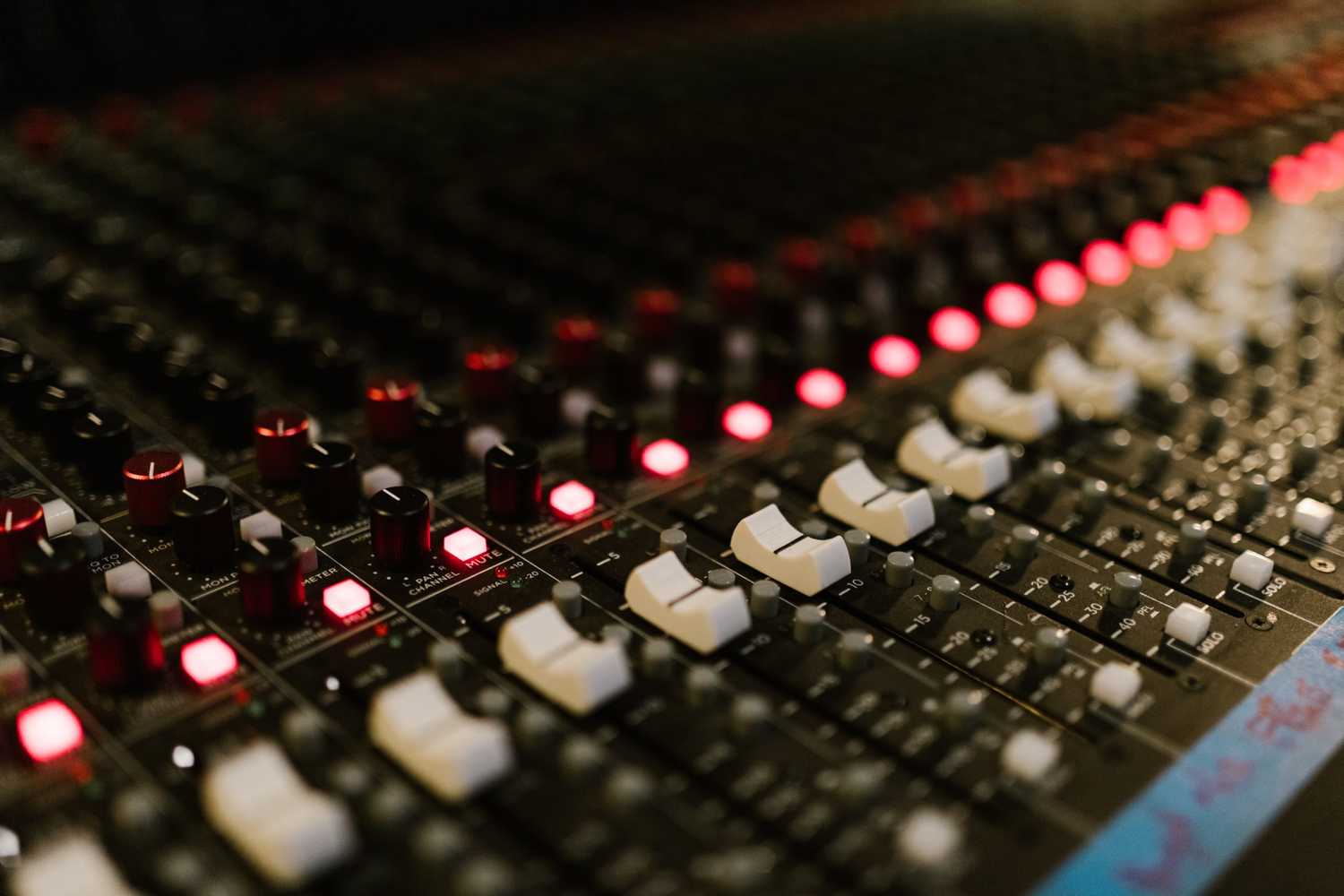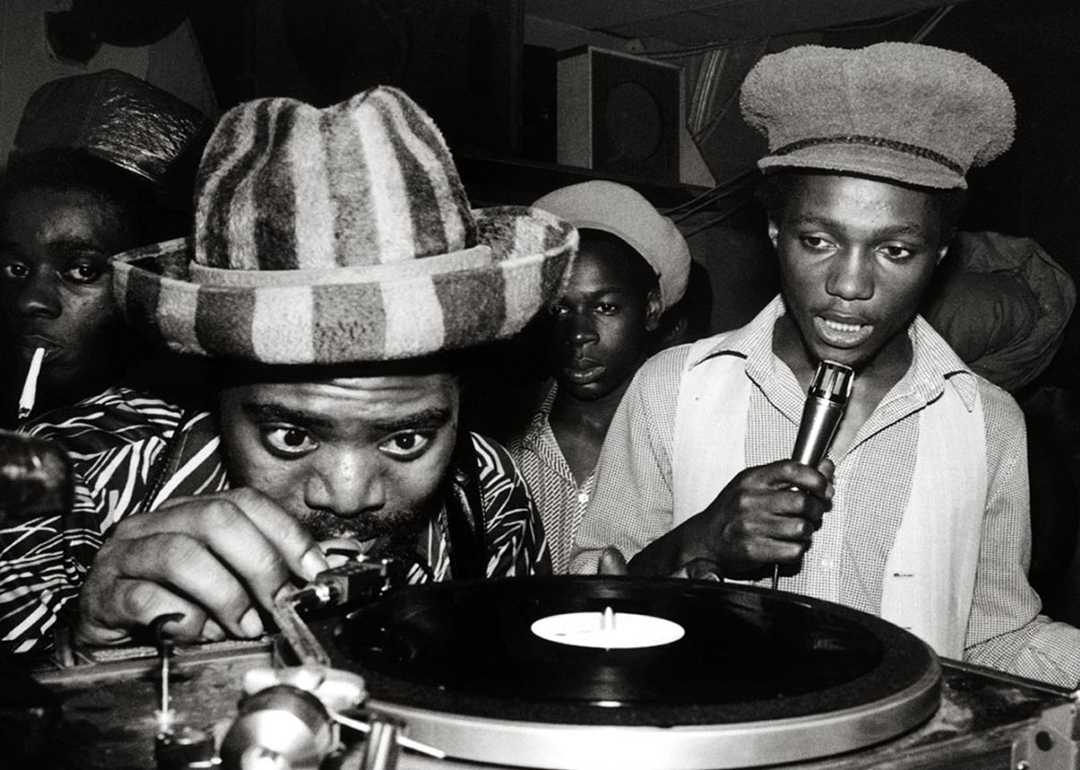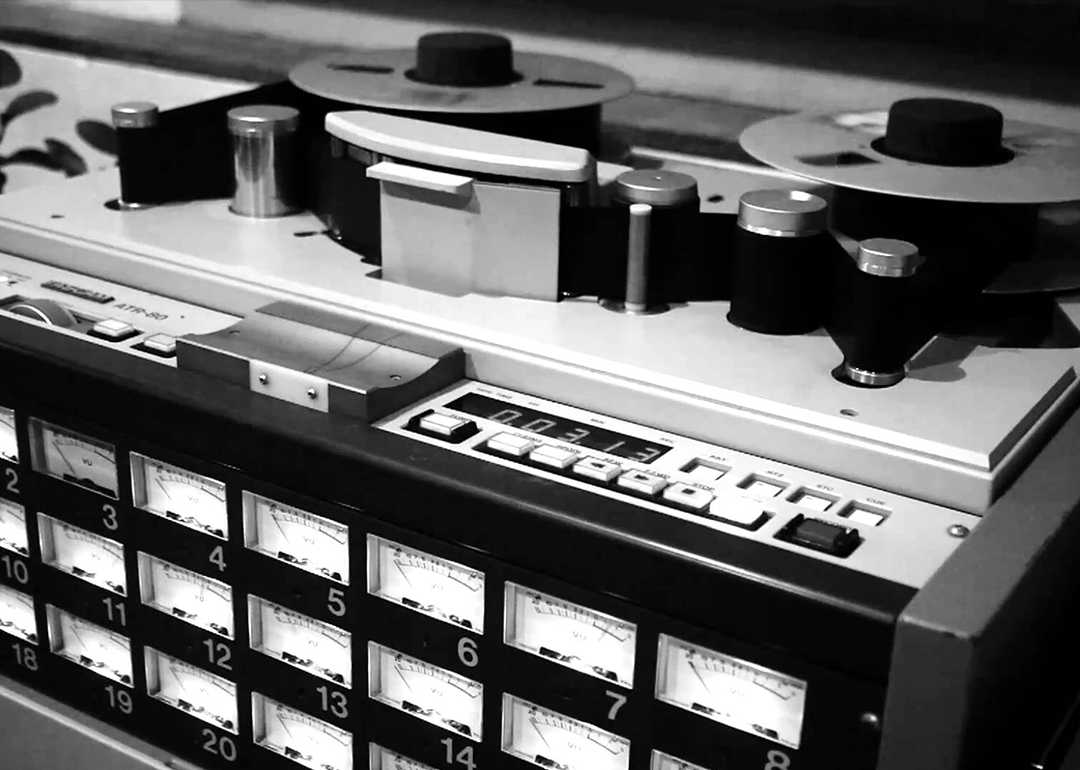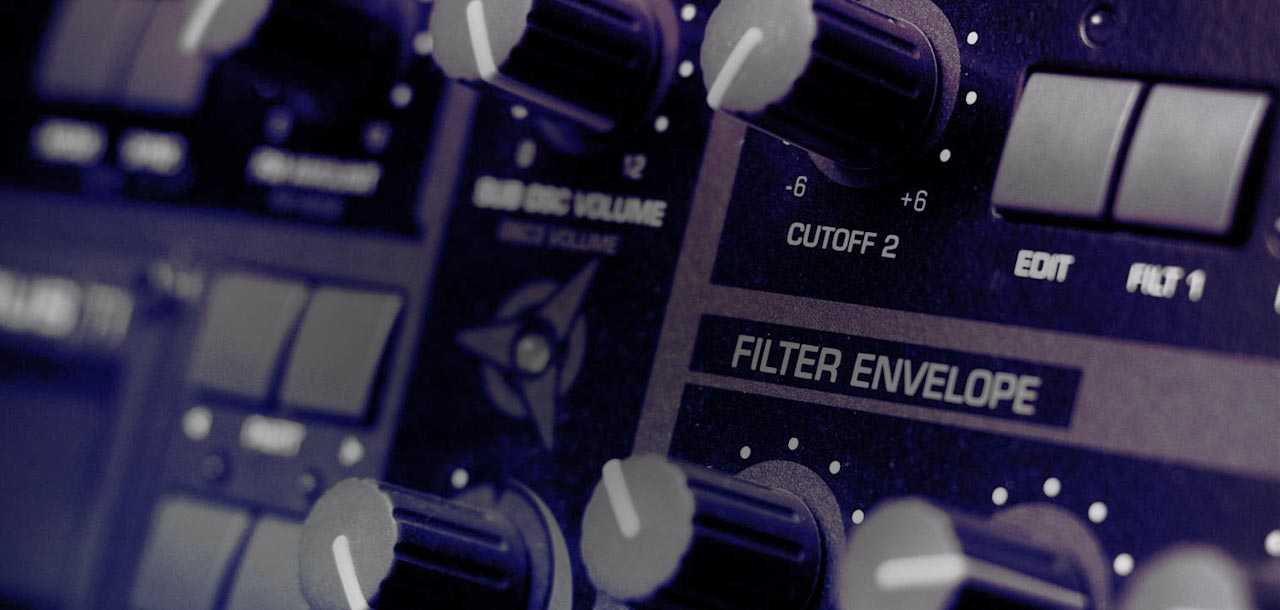has been added to your cart.

How To Remix A Song: The Art of Remixing
In today's guide, we're going to talk all about how to remix a song and the art of remixing itself!
Remixing is a crucial part of today’s world of Electronic music. Being a perfect example of creative collaboration at its finest, every DJ worth their salt is well aware of the importance of reimagining a song in a different style. In fact, we would go as far as to say that some of the best records ever made are remixes. As such, a common question we are asked here at Toolroom HQ is how to approach this delicate process. In today’s guide, we’re going to talk all about how to remix a song and the art of remixing itself!
A Brief History of the Remix
The premise of remixing has been around since the late ’60s and ’70s. Early remixes were, however, rather crude and driven by the massive developments in multitrack recording from the era. Despite it’s rudimentary nature, you can thank a few key players from days past for pioneering this practice.
It’s commonly acknowledged that the first musical re-interpretations were devised from the Caribbean Dancehall scene of the ’60s. It saw producers like King Tubby and Lee “Scratch” Perry editing and re-creating their own versions of locally sourced music.
The term “remix” however, first sprung in the ’70s as it kicked off the vastly celebrated career of Tom Moulton. Moulton was the first to ever patch together “remixes” from reel and tape. Later in his career, he was dubbed as “inventor of the remix” and even the 12″ single. Now that’s a title that even today’s superstars can be jealous of!
Today, his legacy (thankfully) lives on in the creative work of Electronic producers around the world.

Getting Started
In the words of Wikipedia: “A remix is an alternate version of a song, different from the original version. A remixer uses audio mixing to compose an alternate master recording of a song. This includes adding or subtracting elements, or simply changing the equalization, dynamics, pitch, tempo, playing time or almost any other aspect of various musical components.”
Wow, what a mouthful.
Sounds easy, right? While it may be for some, like most things in music production – there’s more than meets the eye!
In modern terms, remixes come with many different forms and purposes in our industry. Remixes are often done to provide a means to extend the lifetime of a record and to give swell to a campaign. On the other hand, it is often done for musical preservation and to give a new lease on life to timeless classics.
Whether you’re a seasoned button pusher or if you’re brand new to the art of remixing, we’re here to help. We’ve put together a hit list of 5 tips to help you approach a remix and carve your niche into the market.
How To Remix, Step #1: Make A Plan
Everybody knows that organization is the key to success in life.
When it comes to remixing, it’s no different. Having a go-to plan that you can reference when the creativity is running thin is invaluable. Staying on task has never been easier and much to popular disbelief, brainstorming ideas in advance of “jamming” will never hinder your creativity.
If you’re able to formulate a decent plan in advance of the task in hand, you’ll have clear intentions and objectives instead of self-pity.
Get organized!

Flip The Script
When it comes to remixing, it’s all about finding the perfect balance.
The last thing a label wants you to do is completely re-create the record into something indistinguishable from the original.
However, they probably won’t be impressed if you simply pitch everything down an octave and hand back your “club remix” like so.
In reality, it’s about flipping the mood of the record to your style, whilst maintaining the essence of the original works.
If the original features major chords with a warm feel-good vibe, flip it! Change the keys to a moody minor progression with a darker atmosphere and build everything else around that.
These big changes at the start of the remix will aid you in figuring out what to do next, without completely overdoing it.
Re-use Existing Parts – The #1 Tip When Learning How To Remix
There are plenty of ways to spice up your new mix with the original parts.
Try pitch shifting, reversing and layering up elements to make new ones. Seriously, the possibilities are endless.
Here’s a quick tip: Place an EQ on the provided kick drum in your remix pack and filter out the low end. Next, choose a new kick drum from your collection that has a lot of low end – place an EQ on that new kick and filter out the high end.
Merge the two samples together being cautious that they harmonize without fading, and with a bit of luck, you’ll find yourself with something new and fresh whilst maintaining the tone of the original kick.
We’re huge fans of the FabFilter Suite, specifically their award-winning EQ, if you want to break away from using stock plugins.

Master Your Arrangement
Time and time again, we hear of people that are unable to finish a track or a remix within the deadline provided. One of the main reasons this happens is an inability to get the arrangement down quick enough.
The minute you’re happy with your 8 or 16 bar loop, get your arrangement down. ASAP. I
It doesn’t matter if you’re making Techno, or you’re working on a funky, Disco fueled flip like Illyus & Barrientos, this rule still applies!
We can’t stress how important this is. It’s equally as imperative as the planning process itself. The arrangement will give you a clear direction that will allow you to sit back and think about how your remix is developing overall.
As you’re bringing your ideas together, place some locators on your project’s timeline to mark out the intro, breakdown, build and drop.
This will save an insane amount of time, and you’ll be glad you did later.
Make It Your Own
As an artist, your job is to put YOU into everything you DO.
Sometimes, it can be evident from the moment a remix starts which genius is behind it. Your artistic stamp should be characterized in all elements of the remix. If you have a sound that you know inside out, view the job as a collaboration between you and the original artist.
Get into this mindset: it’s 50 percent them, and 50 percent YOU.
Another pearl of wisdom we can offer is to make your own sample pack!
Using the sounds that you know and love, will ultimately speed up your production process and put your artist hallmark on the remix. You don’t have to have the motherload of sounds, as long as you keep it to your signature claps, chords and effects, your fans will connect to that and ultimately your work is done.
Got a clap that you’re especially fond of? Are there three kick drums that you swoon over? Good. Your creative mind likes them for a reason.
In reality, there is no right or wrong way to approach a remix, but we believe that the above set of tips should get you started on the right foot. Create a solid plan, switch things up but respect the original, get the arrangement down and make it your own.
Even still, there remains plenty to learn, and we’re here to help!

Learn How To Remix With Toolroom Academy
Remixing has a special place in our hearts here at Toolroom. We’re so fond of the process that we’ve dedicated an entire portion of our production courses to teaching it!
Week 11 of our 12 Week Production Certificate Program is entitled “The Art of Remixing.” After receiving comprehensive instruction on the fundamentals of producing House, Tech House, and Techno, students face off in a private remix competition to put their own, unique spin on a Toolroom release.
Not only do students get a firsthand look at the inner workings of a Toolroom release, but one lucky winner will even have their submission considered for release on the label.
If you are interested in kickstarting your production journey with a world-leading record label, get in touch with us today!
Login
X
